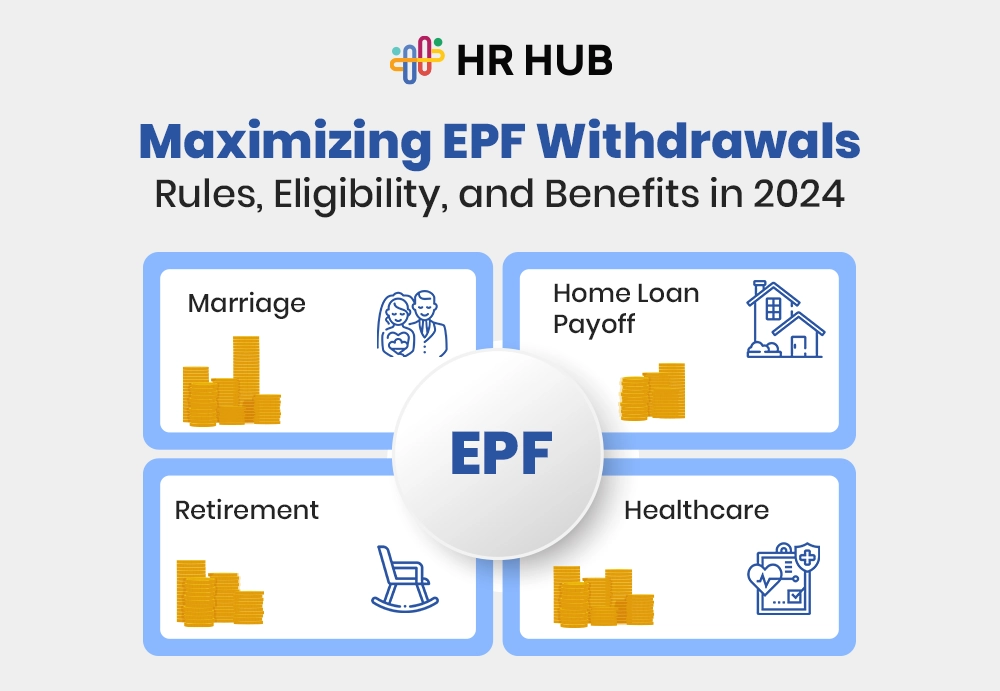In the dynamic modern workplace, employees and businesses must constantly adjust to new methods of operation. The transition from conventional office settings to more adaptable setups has spurred discussion on the best work paradigms.
Each of the three main models - work from Home (WFH), Work from Office (WFO), and Hybrid model - has advantages and disadvantages. This article examines each to find the most appropriate for various workers and companies.
Work from Home (WFH)
Nowadays, WFH is bringing ease and flexibility to employees' lives; it came into effect during the COVID-19 epidemic. With WFH, employees can easily personalize their workplaces, set their own working hours, and skip the daily drive, thereby enhancing the employee self-service capabilities.
This strategy enhances work-life balance by assisting every employee to prioritize their personal obligations without considering the key employee productivity. Additionally, it makes it easier to hire people from different nations, creating a more diversified workforce.
Advantages of WFH
- Flexibility: WFH enables staff members to balance their personal and professional lives more skillfully. This flexibility may result in increased work-life balance and job satisfaction.
- Reduced Commute: Employees who choose not to make the daily commute save time and experience less stress. This reduces shipping costs and their negative effects on the environment.
- Enhanced Productivity: Working from home, away from the office environment, has been related to higher productivity, according to several employees. Moreover, it plays an important role in achieving a perfect performance management system.
Challenges with WFH
- Isolation: The employees feel isolated in different terms, impacting cohesiveness and communication within the team.
- Work-life limits: When the personal and professional worlds overlap, it becomes challenging to establish clear boundaries, leading to burnout.
- Dependency on Technology: WFH needs suitable technology and dependable internet connectivity, which may be a hurdle for some.
Work from Office (WFO)
"Work From Office" represents the traditional office setup with a structured environment conducive to collaboration, creativity, and professional development. The great part about WFO is the face-to-face interactions that easily facilitate spontaneous idea exchange, mentorship, and team building.
Moreover, the employees working from the office cane easily gain access to resources and infrastructure essential for certain tasks, such as high-speed internet, meeting rooms, and specialized equipment. For some employees, the office serves as a sanctuary, separating work from the distractions of home life.
Advantages of Work From Office
- Collaboration and Communication: The staff members working in the organization can easily deal with face-to-face interaction among themselves. This eventually improves collaboration and helps in building stronger team relationships.
- Structure and Routine: The biggest advantage of having WFO is that the employee grabs the benefits like regular office hours and a dedicated workspace. This eventually helps in maintaining a routine and separating professional and personal life.
- Access to Resources: While working from home, crucial office facilities might not be available; the offices are typically equipped with technological and logistical resources.
Challenges with WFO:
- Commute: The commute component of WFO presents the most challenge. It goes without saying that travelling to and from work may be taxing and time-consuming, which lowers morale and productivity.
- Less Flexibility: WFO requires workers to adhere to set working hours. This affects work-life balance by making it harder for workers to handle personal issues.
- Increased Costs: The requirement for actual office space, utilities, and upkeep drives up a company's operating costs.
Hybrid Model
Realizing the unique advantages of both WFH and WFO, many companies implement a hybrid approach that combines both of their company growth viewpoints. It entirely depends on the employees to make a decision on how much time they want to spend in the office or working remotely.
This employee flexibility helps the organization to design a schedule that suits the employee's needs. This approach preserves the benefits of face-to-face collaboration and communication while providing the autonomy and liberty of distant work.
Advantages of Hybrid Model
- Best of Both Worlds: This model combines the collaborative advantages of WFO with the WFH to achieve the "best of both worlds." The employees can easily benefit from remote work's independence while remaining connected to their office setting.
- Increased Job happiness: Employees can easily gain flexibility in their work schedule, and working from home or the office can boost job happiness and retention.
- Decreased Expenses: The biggest advantage of this model is that organizations can save on office space and operating costs, which in turn requires less on-site presence.
Challenges with Hybrid Model
- Complexity of Management: To guarantee agreement among all parties, managing a hybrid workforce requires effective communication methods and management procedures.
- Risk of Inequality: With this model, employees working remotely might get an "in-office bias" experience. This might exclude critical decisions or limit opportunities for career advancement.
- Infrastructure Investment: Businesses may need to purchase employee management or HR software and technology to facilitate a smooth transition between home and office work environments.
Which is Better?
Deciding which work model is superior depends largely on the organisation's and its workforce's specific needs. Industries that rely heavily on collaboration and physical presence, like healthcare and manufacturing, may find WFO more effective. Conversely, tech companies or those with individual-centric tasks might favor WFH or a Hybrid model.
Ultimately, the Hybrid model is emerging as a preferred choice for many businesses. It offers flexibility while mitigating the disadvantages of fully remote or in-office arrangements. It caters to diverse employee needs and can adapt to changing circumstances, making it a sustainable option in the long run.
In summary, every model has distinct benefits and obstacles, and the optimal option relies on the particular business situation and employee preferences. Flexibility and adaptability will be essential in determining the nature of work in the future as the globe changes.






